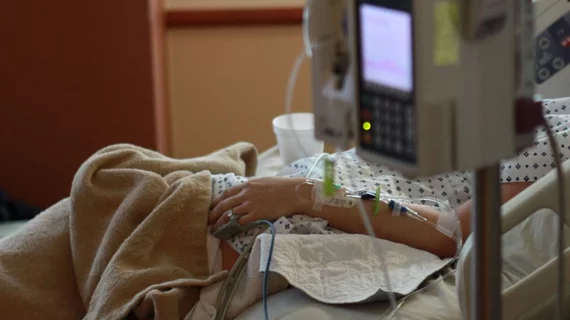ICU telehealth reduces interhospital transfers
Intensive care unit (ICU) telehealth was associated with fewer transfers of patients with moderate, moderate-to-high and high illness severity. Findings were published June 15 in Chest.
ICU telehealth has been implemented in smaller community and regional ICUs to fill gaps in care, but investigations into its effect on transfers are lacking. In this study, researchers evaluated that impact.
The study tracked 553,523 patients who had been admitted to Veterans Affairs hospital ICUs—97,256 with access to Tele-ICU services and 456,267 without. Data were collected from a total of 306 VA ICUs in 117 acute care facilities between 2011 and 2015.
Interhospital transfers decreased from 3.46 percent to 1.99 percent in hospitals with access to Tele-ICU services while hospitals without those services saw a small decrease from 2.03 percent to 1.68 percent. Overall, Tele-ICU was associated with reduced transfers of patients with moderate, moderate-to-high and high illness severity and in nonsurgical patients.
"Tele-ICU provides acute care expertise remotely to help local ICUs treat critically ill patients. Our study validates that it prevents transfers to other facilities without increasing the risk of mortality," said lead investigator, Spyridon Fortis, MD, with the University of Iowa Carver College of Medicine. "The on-site treatment helps to lower the cost of care and improves patient, family, and staff satisfaction."

